Mulberry and Carob Tree Looking under the Weather
fort_lauren
9 years ago
Related Stories

WINTER GARDENINGHow to Help Your Trees Weather a Storm
Seeing trees safely through winter storms means choosing the right species, siting them carefully and paying attention during the tempests
Full Story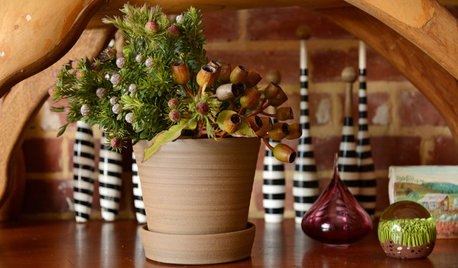
HOLIDAYSHoliday Decorating: Natural Looks From Down Under
Native greens and craftsy touches give an Australian stylist's home festive flair with an organic feel
Full Story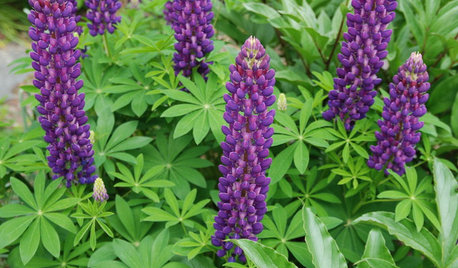
GARDENING GUIDESNortheast Gardener's May Checklist
Tiptoe through the lupines or dance under a flowering tree; warm weather brings abundant garden wonders to behold in the Northeast U.S.
Full Story
TREESHow to Buy Healthy Trees and Shrubs
A healthy young plant with a strong form is more likely to do well in your yard. Here’s what to look for at the nursery
Full Story
HOLIDAYSHow to Care for Your Christmas Tree
Keep your tree looking lush until the last ornament is packed away with these tips for watering, using stands and more
Full Story
FALL GARDENING11 Trees for Brilliant Fall Color
Give your landscape the quintessential look of autumn with the red, orange and yellow leaves of these standouts
Full Story
ARBOR DAY8 Reasons to Plant a Great Tree
Beauty is its own reward, but the benefits of planting the right tree in the right place go way beyond looks
Full Story
GARDENING GUIDES5 Best-Behaved Trees to Grace a Patio
Big enough for shade but small enough for easy care, these amiable trees mind their manners in a modest outdoor space
Full Story
FALL GARDENING6 Trees You'll Fall For
Don’t put down that spade! Autumn is the perfect time for planting these trees
Full Story
PRODUCT PICKSGuest Picks: Fantastic Stocking Stuffers for Under $15
20 inexpensive gifts for even the pickiest recipients on your list
Full Story





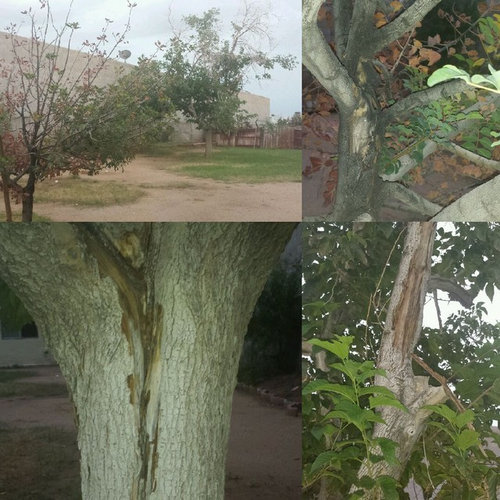
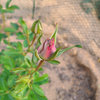
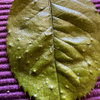
waterbug_guy
Fascist_Nation
Related Professionals
Ballenger Creek Landscape Architects & Landscape Designers · Cottonwood Landscape Architects & Landscape Designers · Mountain Brook Landscape Architects & Landscape Designers · Saint Louis Park Landscape Architects & Landscape Designers · Lakeland Landscape Contractors · Dixon Landscape Contractors · Huntley Landscape Contractors · Lynwood Landscape Contractors · North Ridgeville Landscape Contractors · Thonotosassa Landscape Contractors · Vashon Landscape Contractors · Four Corners Landscape Contractors · Buffalo Carpenters · Coconut Grove Carpenters · Del Aire Carpentersaztreelvr